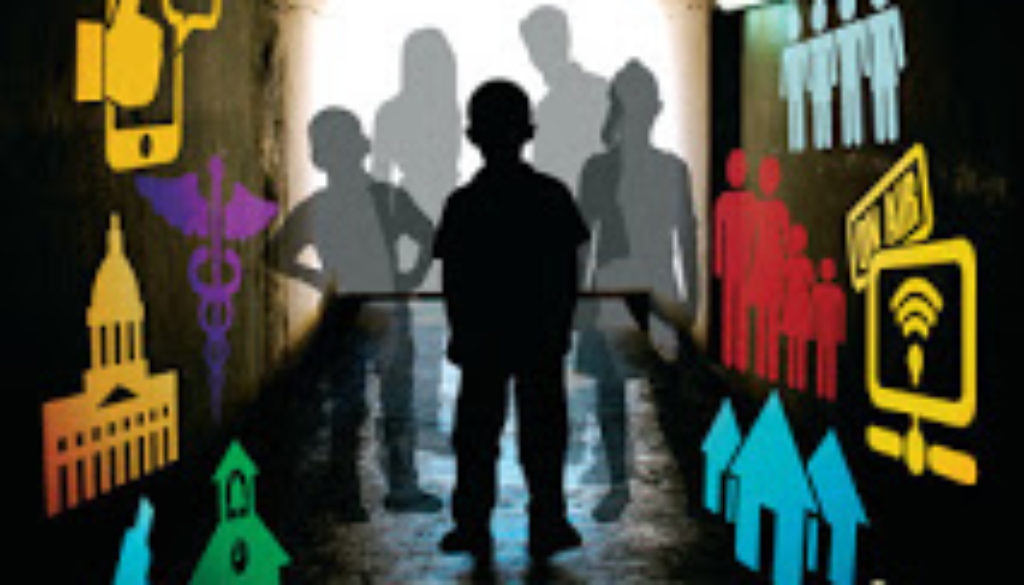Say it Again, Sam
Recent Report Shows Bullying Impacts Learning Center of the Brain
You may have thought that the subject of bullying is passé, but I assure you it is not. Now there is quantitative evidence that bullying impacts young children, as well as teenagers, in many surprising ways, short-term and long-term, and may well have lifetime altering effects on the developing brain centers for learning. I came across an article in the Seattle Times, May 11, 2016, “Extensive study calls school bullying public-health problem”, about a study that was done on school bullying. I downloaded and read the 300 page report, sponsored by the Centers for Disease Control, “Preventing Bullying Through Science, Policy, and Practice”, that detailed through exacting methodology several aspects of bullying behavior and consequences, as well as several suggestions on how to address these bully issues in our public schools. You can watch Committee Chair Frederick Rivara’s overview of the report on YouTube.
Much of the report validated the literature on bullying behavior and consequences. One eye-opener that took me aback was a practice called “teaming”, where children are put into smaller learning groups—I have been an advocate for smaller class sizes for years—yet it turns out that this is not a healthy environment for children who were not well-liked by their peers or bullied. These small groups “magnify the effects of being bullied…because the targets of bullying are more visible in less populated settings (Klein and Cornell, 2010, et al., 2013:“Preventing Bullying Through Science, Policy, and Practice”, page 83)”. The targets, or the bullied children, cannot escape their tormentors if they are in classes with them all day, everyday.
Not all children are bullied, but there are certain groups that are more vulnerable. Certain kids take the brunt of it, including Asperger’s kids and others with disabilities, as well as minorities, immigrants, refugees, goth types, nerdy kids, or any others who occupy the fringes and are already uncomfortable in their own skins. Though it can start in the first grade, the really challenging stuff often crops up in the fifth and sixth grades, especially among girls. The ones being bullied are the very kids already at risk for depression, bipolar disorder, and anxiety, which bullying can worsen. Social media can exacerbate this by making it less obvious and visible. (ibid., page 83)
The physical and mental effects of being bullied are well documented: depression, anxiety, delinquency, aggression, withdrawal, headaches, and stomach aches. One aspect being studied is how the stress of being bullied affects the learning center in the brain. Under stress, cortisol is released throughout the body for the “fight or flight” survival response; it is evident that bullied children often experience post traumatic stress syndrome and the constant pressure of being victimized, and presence of cortisol, alters the ‘mechanisms’ of the neural system in the developing brain. Cortisol also disrupts sleep and sleeping patterns, which can have severe repercussions for the physical and mental health of a child; ‘brain fog’ being a significant factor in loss of interest and desire to interact or learn. A child simply cannot concentrate or retain information if he or she is focused on survival.
An additional factor of stress for targets of bullies is peer perceptions. Going to a caregiver, teacher or mentor may not be an option if a child has pride and/or a sense of fear that he or she will be perceived as “weak”. Yet, it is documented that teachers especially have a great deal of positive influence on the overall peer group, where zero-tolerance policies that result in expulsion or suspension may not have any effect on bullying in schools. It boils down to this: it is the immediate environment that the children are in, everyday, that makes the difference. The classroom, the attitude of the teacher, and subsequently, the students, determines whether or not bullying behavior is acceptable.
However, not all of the burden should fall on the shoulders of the educators. Parents must be the primary source of security for a child and responsible for a safe, secure home environment, both in the physical sense and as an emotional haven. I have written articles about cyberbullying, which has created a mobile hostile environment that harasses the target anywhere, anytime. With the ubiquitous social media making cyberbullying prevalent and easy to do on the internet, the social networking sites have a responsibility to enact anti-bully policies. Parents, educators, and companies must ensure a safe environment for all children, taking meaningful steps to combat bullying at home, at school, and on the internet. More and more evidence is surfacing that indicates the problems associated with bullying behavior have lasting consequences and potential lifelong ill effects on the mental health, physical health, and learning abilities of children. They are the next generation, the ones we will be looking to for innovations, leadership, and care-taking. It is our moral obligation to provide them with the skills and opportunities to become leaders, inventors, and caring citizens of a global community. If we don’t take action now for our children, who will?



